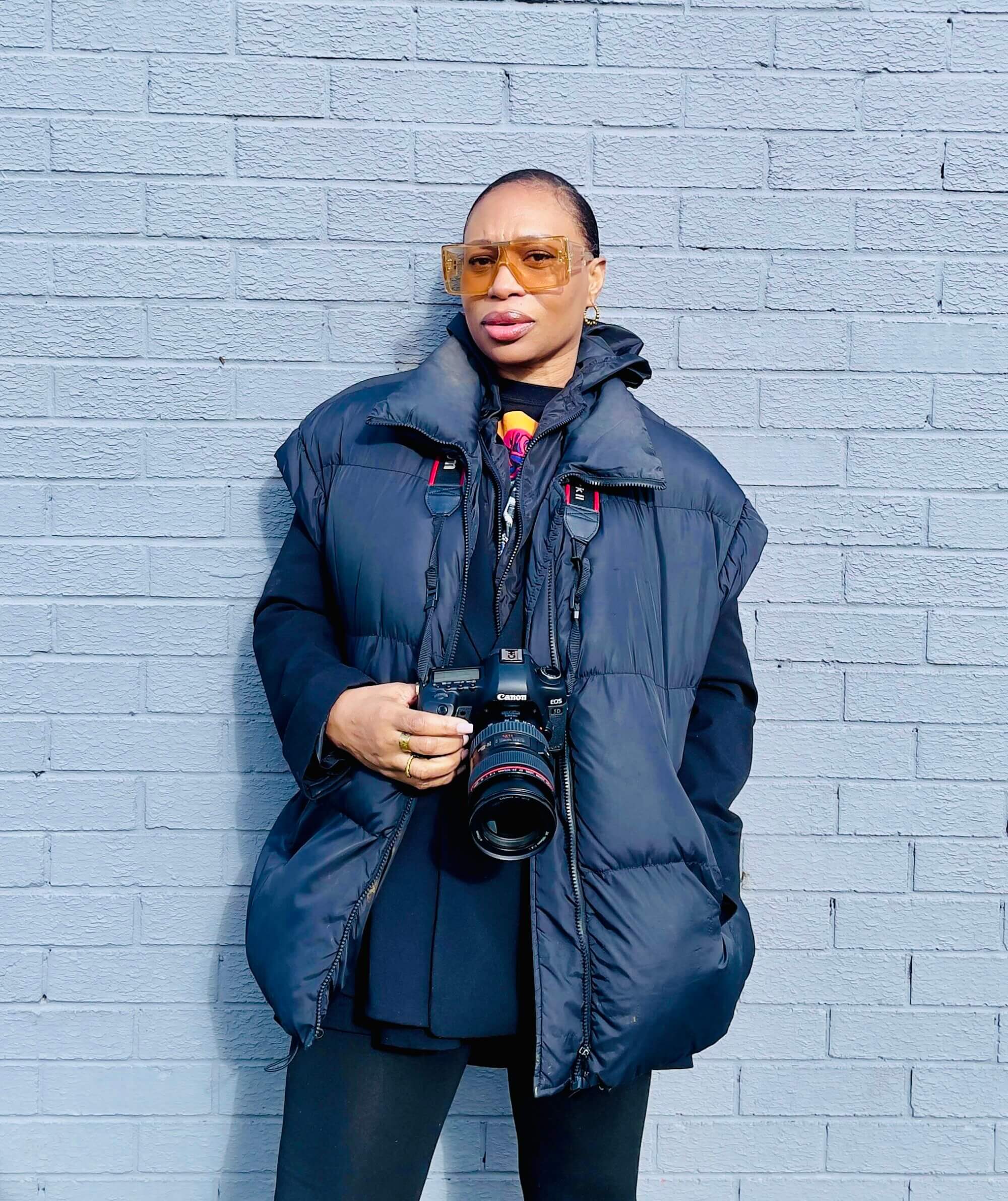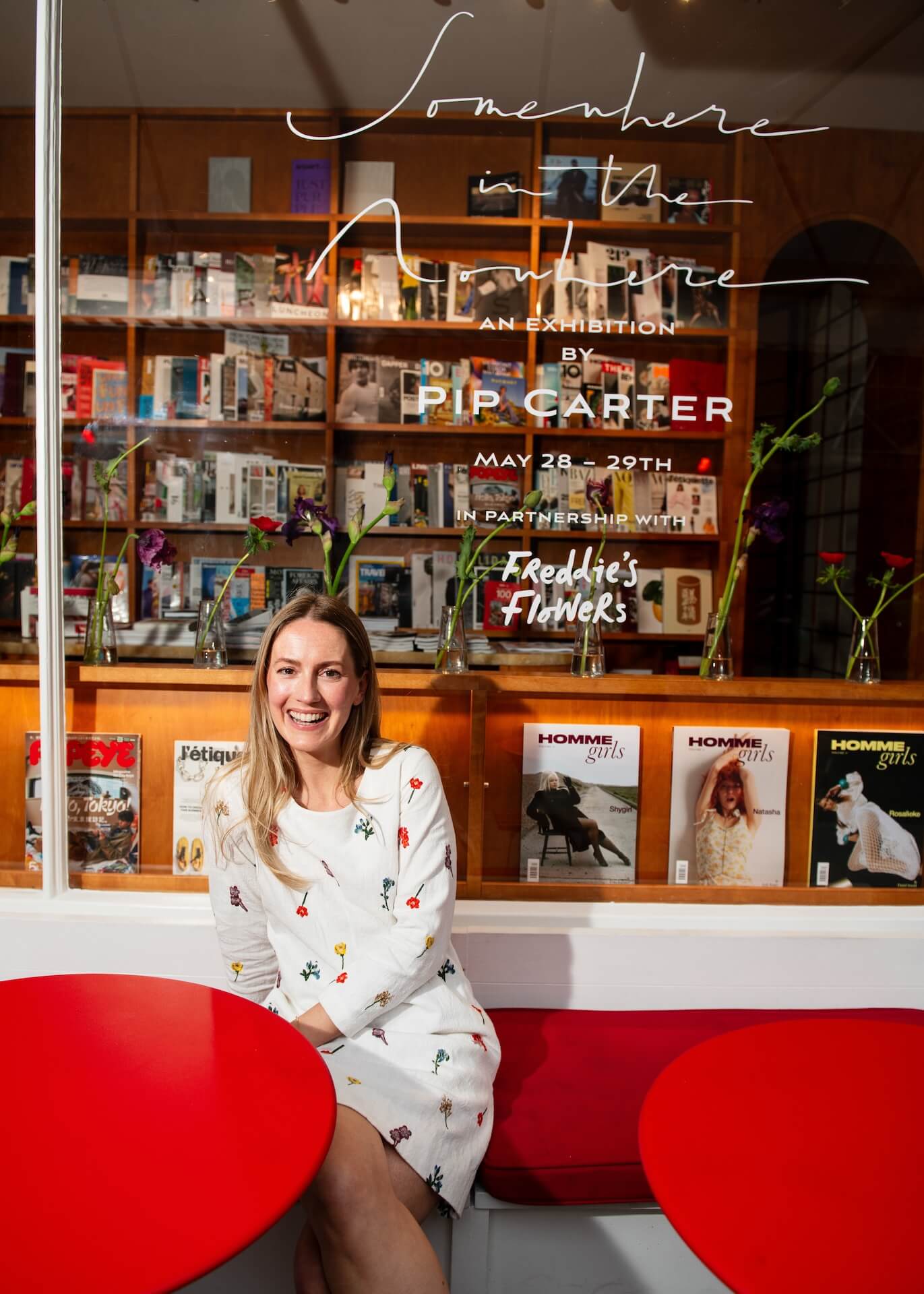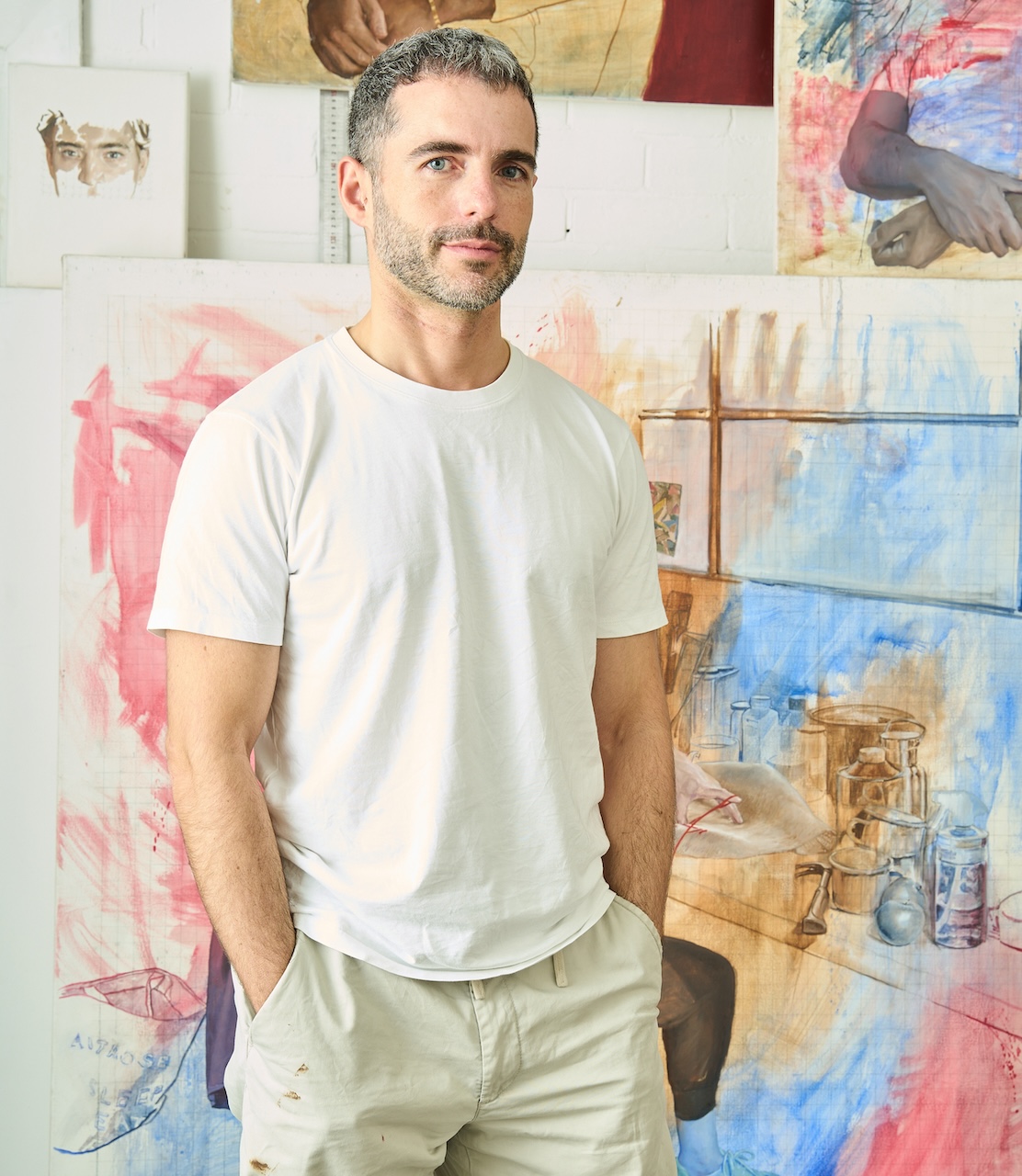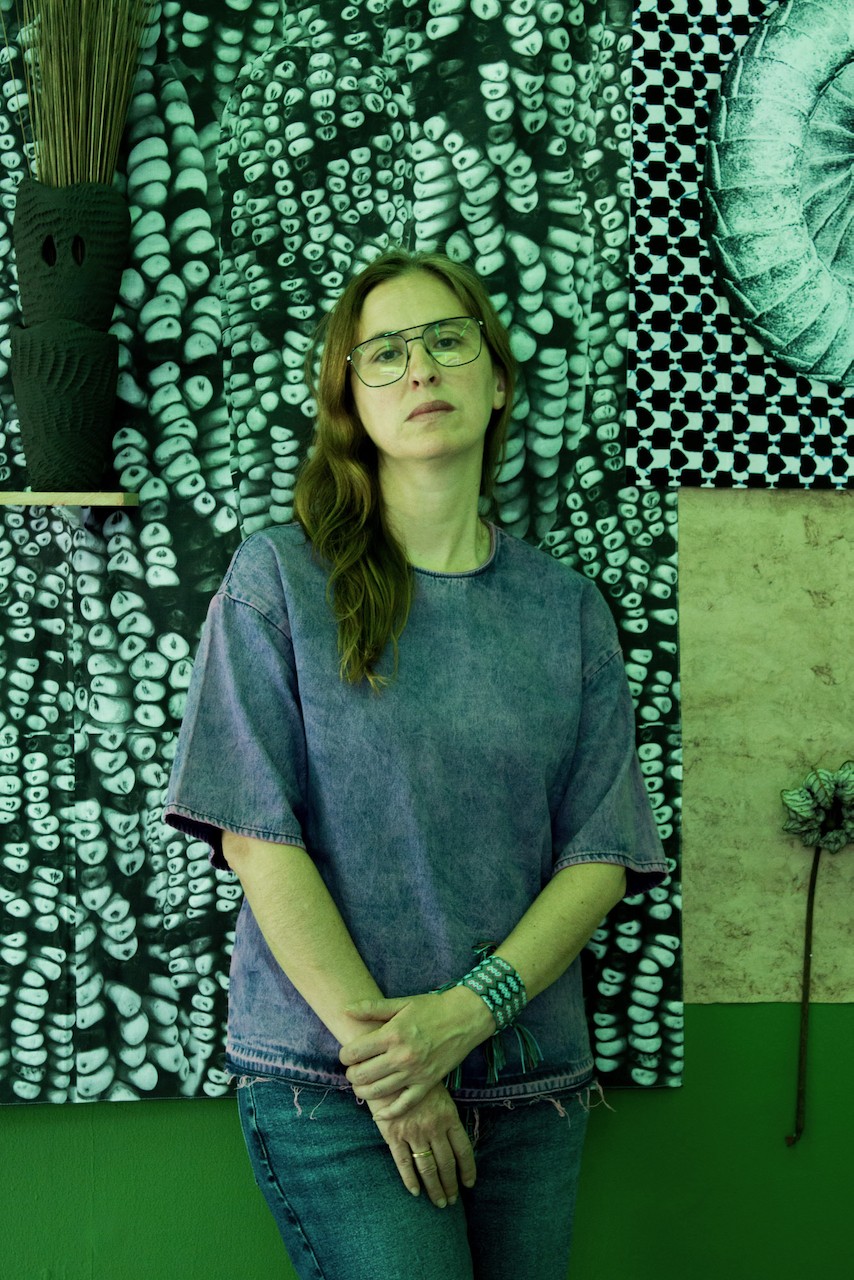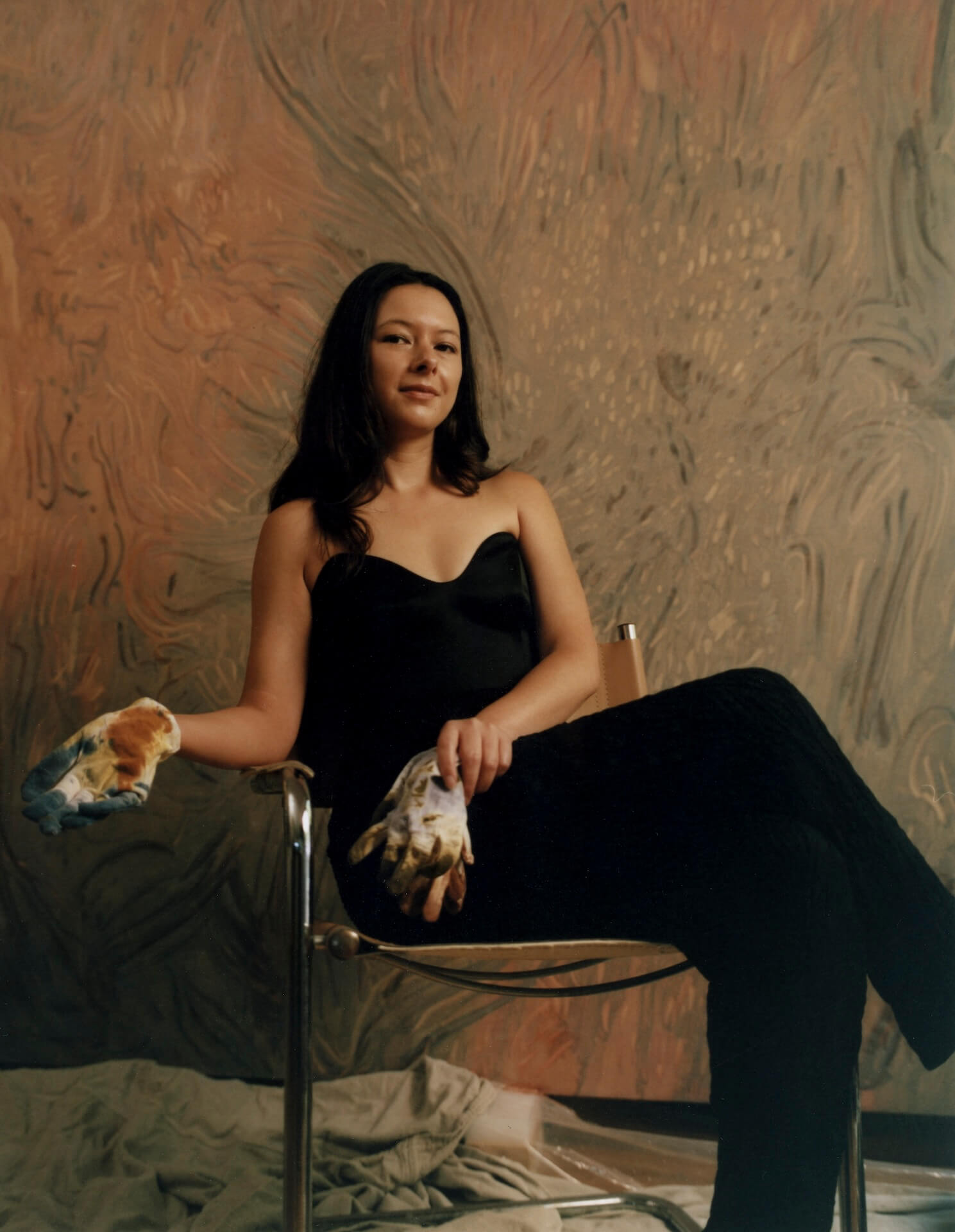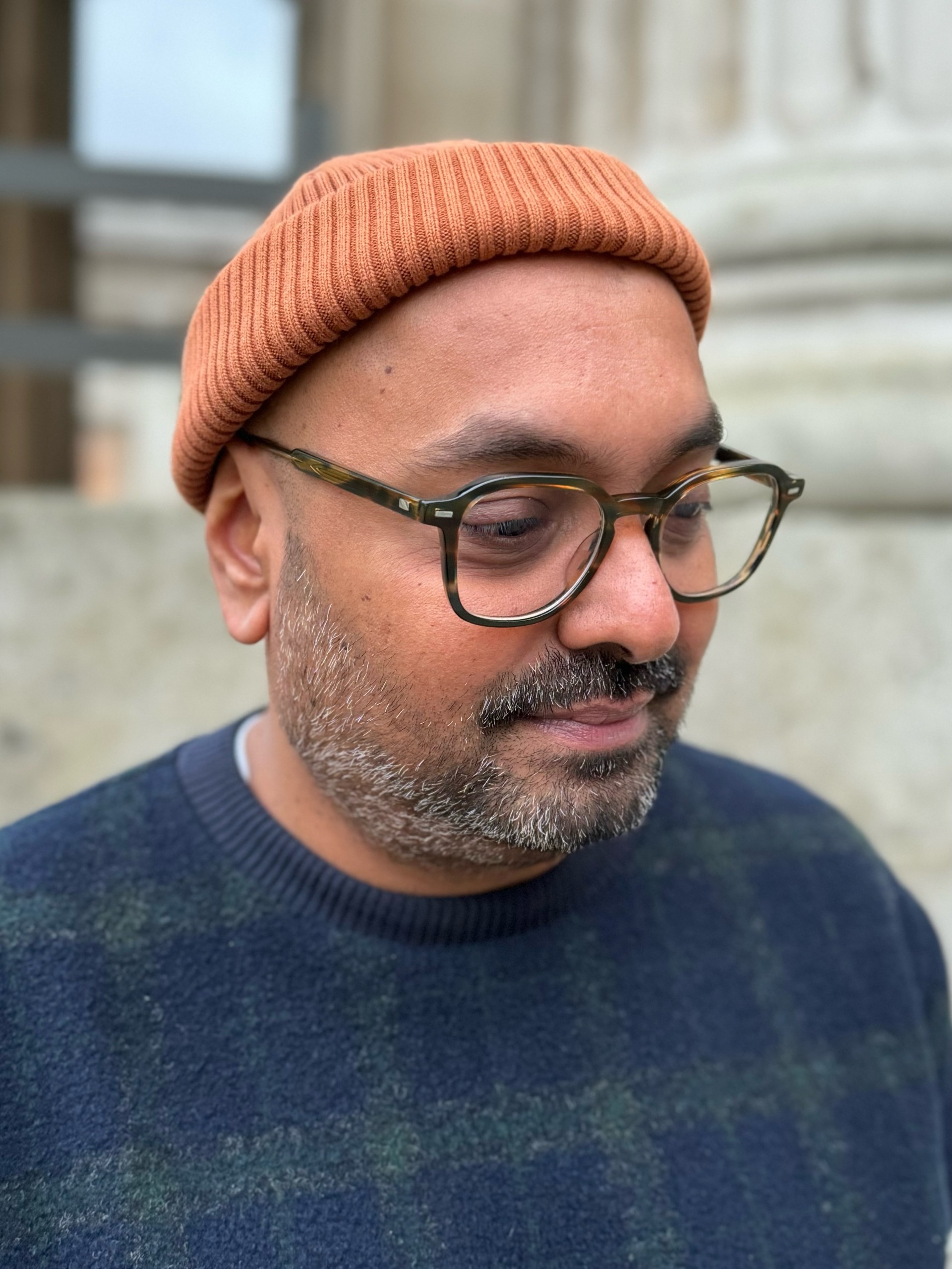Spotlight Almudena Romero

WATCH
WATCH

Prompted by wider questions around “plant agency, land use, and artistic practice”, Romero’s recent projects include The Pigment Change and Photographies Vivantes, drawing on natural cycles of growth and decay, reframing photography as an embodied and ecological process. “I’m interested in creating with, rather than simply representing, organic life. The Museum of Plant Art takes this further by proposing the plant as artist. The thinking that informs my work is shaped not by art historical references alone, but by non-anthropocentric philosophy, early photographic experiments of the nineteenth century, and the biological, cultural and institutional systems that structure perception.”
Romero’s practice also aims to make photography more collaborative with nature. “Working with leaves, seeds, and fields as active agents, my practice expands the definition of photographic image-making beyond mechanical, digital or analogue reproduction, allowing the photographic to unfold in biological time.”
She is currently developing a particularly ambitious collaboration: with agricultural research centre INRAE in France, where they will cultivate a 20,000m² living photographic image composed of wheat varieties, selected for their chromatic qualities. The project, titled Farming a Photograph, will be unveiled in Toulouse next year. “The project engages photosynthesis as a tangible methodology for art making, while interrogating authorship, monoculture, and ecological responsibility within the context of the Anthropocene. Following the harvest, the wheat will be milled into flour, extending the work into the domain of subsistence and everyday life. Rooted in biodiversity and resistance to industrial agriculture, the project reimagines photography as a living artistic practice grounded in biological co-production, positioning plants not as subjects but as active agents in the making of the work.”
It’s awe-inspiring work that proves how artistic ideas can influence thinking in other disciplines, and vice versa. Yet for all the accolades she’s achieved to date, Romero says, “perhaps the most important thing for me is allowing the work to remain slow, unruly, and metabolically honest—one that resists capture and insists on ephemerality and evolution as modes of critical persistence.”
About the champion
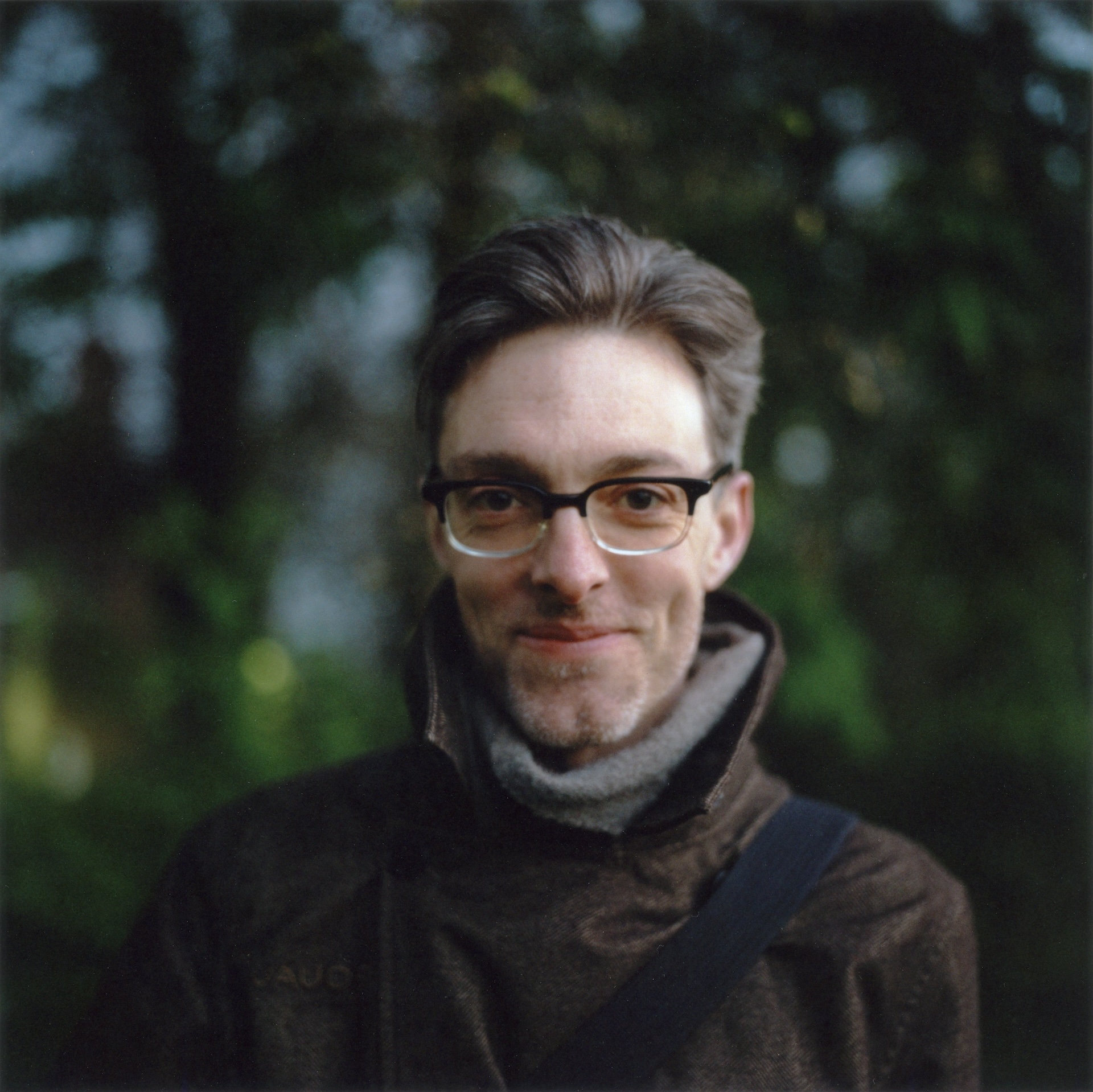
Martin Barnes is Senior Curator of Photography at the Victoria and Albert Museum, London (V&A). He began working at the V&A in 1995 after gaining an MA in Art Museum Studies from the Courtauld Institute of Art. Since then, he has built, researched and published on the the V&A collection, devised exhibitions, and conceived and developed the V&A Photography Centre. His special interests include early processes and experimental photography, industry, nature and the environment. He has also acted as as a PhD co-supervisor for the Royal College of Art, De Montfort, Newcastle and Cardiff Universities; serves on the Photo London Curatorial Committee and The European Fine Art Foundation (TEFAF) vetting Committee; and is an advisor for Arts Council England.
Martin has published extensively on historical and contemporary photography and curated numerous exhibitions, often with accompanying books, including: Twilight:Photography in the Magic Hour (2006); Something That I’ll Never Really See: Contemporary Photography from the V&A (2008); Shadow Catchers: Camera-less Photography (2010); Figures & Fictions: Contemporary South African Photography (2011); Island Stories: 50 Years of Photography in Britain (2012); Beneath the Surface (for Photo London, 2015) Richard Learoyd: Dark Mirror (2015); Paul Strand: Photography and Film for the 20th Century (2016); British Pavilion, Dubai Photo (2016); Curtis Moffat: Silver Society. Experimental Photography and Design 1923-1935 (2016); Into the Woods: Trees in Photography (2017) and Maurice Broomfield: Industrial Sublime (2021).
He is currently overseeing the digitisation and research project for the Royal Photographic Society (RPS) collection at the V&A. Martin is an Honorary Life Member of the RPS and was presented with the RPS J. Dudley Johnston Medal in 2013 in recognition of ‘major achievements in the field of photographic criticism and the history of photography, awarded for sustained excellence over a period of time.’
“Almudena’s sustainable photographic practices offer a refreshing perspective on our modern world, linking historical techniques with current environmental concerns.”










